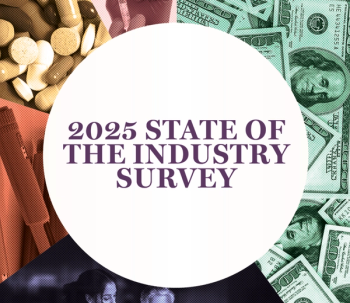
Winning the Healthcare Workforce Battle Will Depend on AI
It’s the time of year for bold predictions, and in healthcare, it’s an area where artificial intelligence (AI) is taking center stage, with two out of three healthcare executives speculating that generative AI will be a
This is a prediction driven as much by the hype surrounding breakthrough technologies like ChatGPT as the need for a solution to healthcare’s labor challenges. As a rapidly aging population
It’s a conundrum that AI is primed to address by extending clinicians’ reach, increasing efficiencies at scale, closing gaps in access and improving professional satisfaction. But as a recent
How can healthcare leaders most effectively lean into AI to overcome the impact of healthcare workforce shortages and retain top talent? Here are key areas to focus on in 2024.
Close the gaps in healthcare information exchange with healthcare’s “digital have nots.”
No matter how large the organization, all health systems communicate patient data with facilities that weren’t eligible for EHR implementation incentives, like post-acute facilities, birthing centers, substance use disorder clinics and home health. Even the Mayo Clinics and Cedars-Sinais of the industry will at some point refer a patient to an outside facility or specialist that is affiliated with their organization but isn’t in their network and doesn’t use the same EHR—if it possesses an EHR at all. That’s why AI’s biggest potential for bridging healthcare workforce shortages to deliver high-quality care lies in intelligent data extraction to put critical data—including from handwritten notes sent by fax—into clinicians’ hands when and where they need it most.
Today, AI solutions exist that can extract unstructured data from digital faxes and deliver the information directly within clinicians’ existing workflows at the point of care. These AI innovations offer tremendous value for clinical care at a time when 80% of healthcare data is unstructured and most transition points in care, like post-acute facilities, don’t have the technology or the staff to bridge gaps in information exchange without them. Moreover, it’s an area where AI offers a pragmatic solution to healthcare information transfer by leveraging technology most organizations already have: a digital fax service. That’s vital for organizations that don’t have the staff to maintain higher-priced information systems or the dollars to invest in six-figure solutions.
Increase capacity where it matters most.
Telemedicine
At a time when nurses spend
Improve referral processes throughout the continuum of care.
When physicians make referrals to specialists, new NLP and AI solutions not only transform these digitally faxed documents into searchable data that EHR applications can digest, but also match the data to the correct patient record using an integration engine. It's an approach that works even when a low-quality digital fax is transmitted, facilitating faster referrals for specialty care and better touchpoints for patients.
Capabilities like these put providers on another plane. They help build stronger relationships with referral partners because all the information these partners need is routed in a common data format. They also improve patient satisfaction by speeding access to specialty care—and this, in turn, increases professional satisfaction for clinicians and staff.
A Smarter Foundation for Care Collaboration
By exploring pragmatic AI solutions that offer right-now value for healthcare organizations, leaders can more effectively take pressure off busy clinicians and staff while supporting high-quality care. Such solutions could be a game-changer for workforce retention and patient loyalty.
Jeffrey Sullivan is chief technology officer for Consensus Cloud Solutions.
Newsletter
Get the latest industry news, event updates, and more from Managed healthcare Executive.





















































